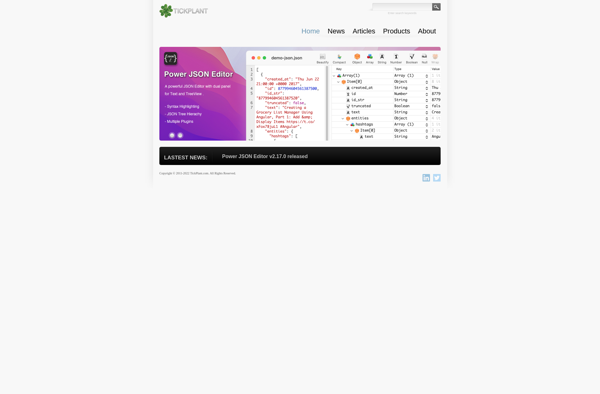Private Eye
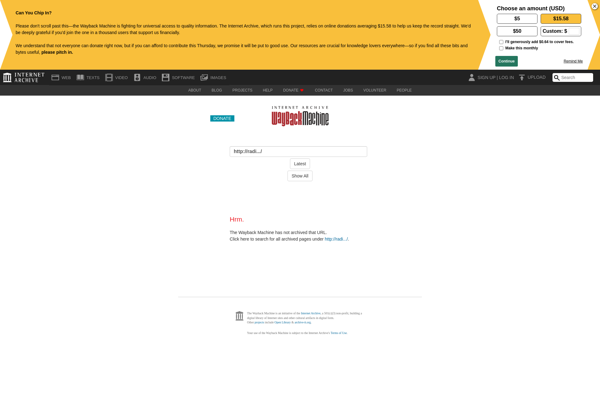
Private Eye: Open-Source Digital Forensics Tool
Analyze storage devices and memory for potential evidence with features like browsing filesystems, viewing/exporting files, analyzing RAM, locating deleted data, and generating reports.
What is Private Eye?
Private Eye is an open source digital forensics application designed to analyze local storage devices and memory for investigative purposes. It provides a graphical interface for browsing file systems, viewing and exporting files, scanning for deleted data, and analyzing RAM to extract artifacts and evidence.
Some of the key features of Private Eye include:
- Disk imaging - Create full forensic disk images for analysis
- File carving - Scan unallocated space for deleted files and fragments
- Hex editor - View and edit file hex code
- File browsing - Explore file systems like FAT and NTFS
- Hashing - Generate cryptographic hashes for files
- Reporting - Export detailed reports suitable for investigations
- Bookmarking - Bookmark files and areas of interest
Private Eye runs on Windows and uses native Windows APIs for many of its capabilities. It can be used by cybersecurity analysts, law enforcement, military, and private investigators for analyzing storage media seized during investigations and incidents. Its open source nature allows it to be customized for specific needs as well.
Private Eye Features
Features
- File system browser
- File viewer
- Deleted file recovery
- RAM analysis
- Report generation
Pricing
- Open Source
Pros
Cons
Reviews & Ratings
Login to ReviewThe Best Private Eye Alternatives
Top Security & Privacy and Digital Forensics and other similar apps like Private Eye
Here are some alternatives to Private Eye:
Suggest an alternative ❐Paessler PRTG Network Monitor
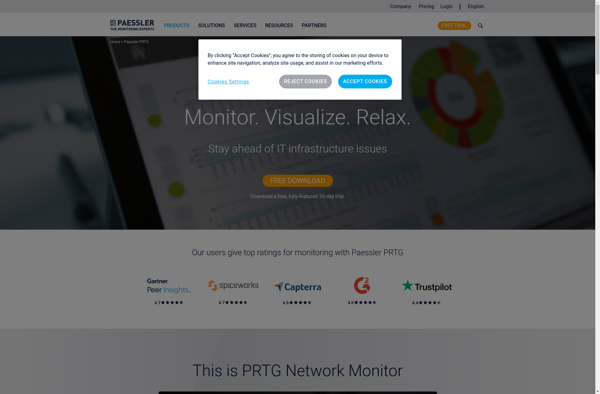
TCPView

Netactview
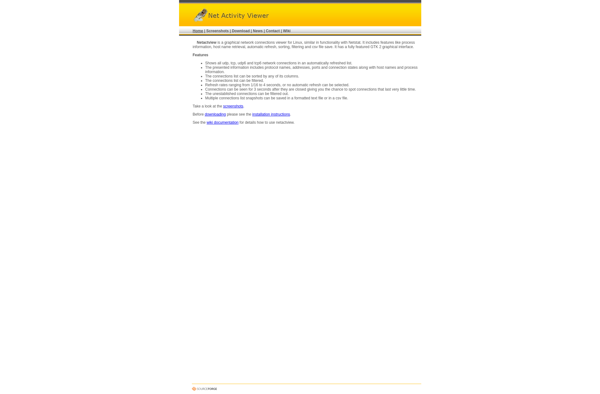
CurrPorts
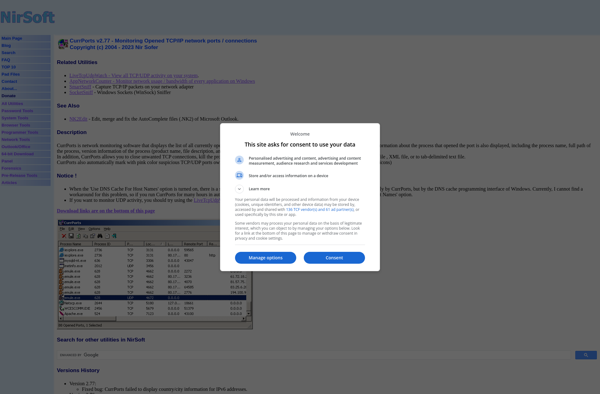
TCPEye

PortsMonitor
